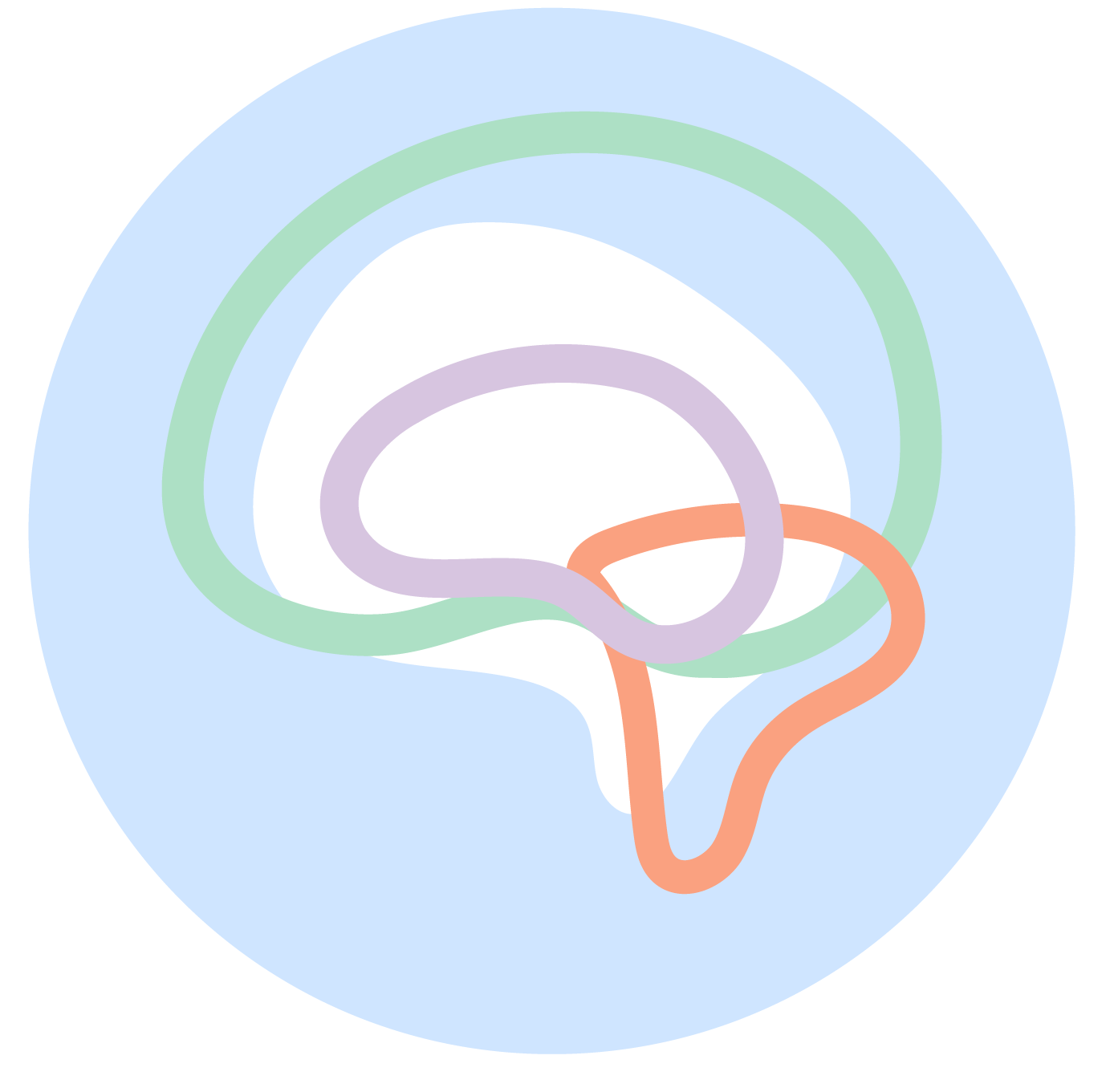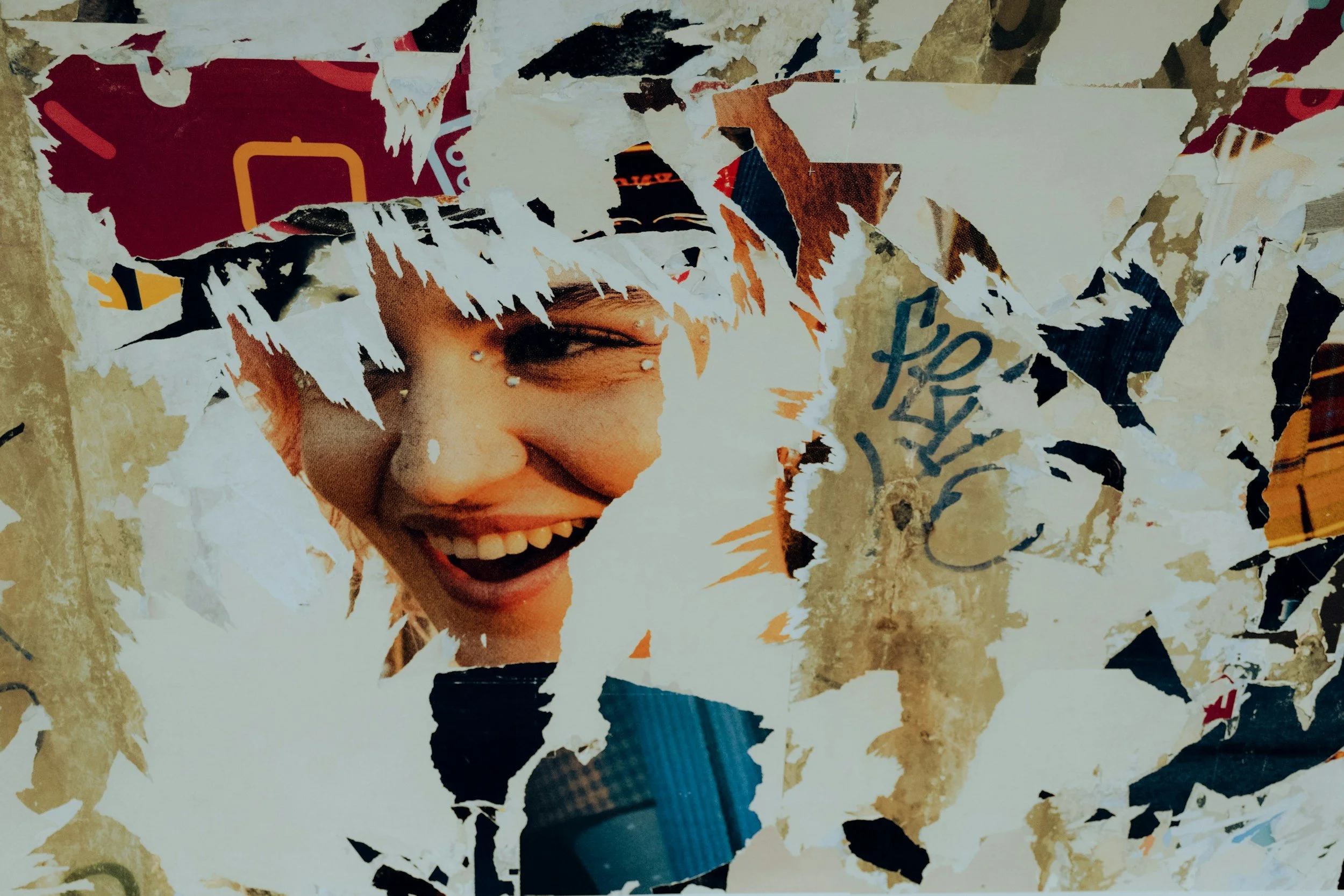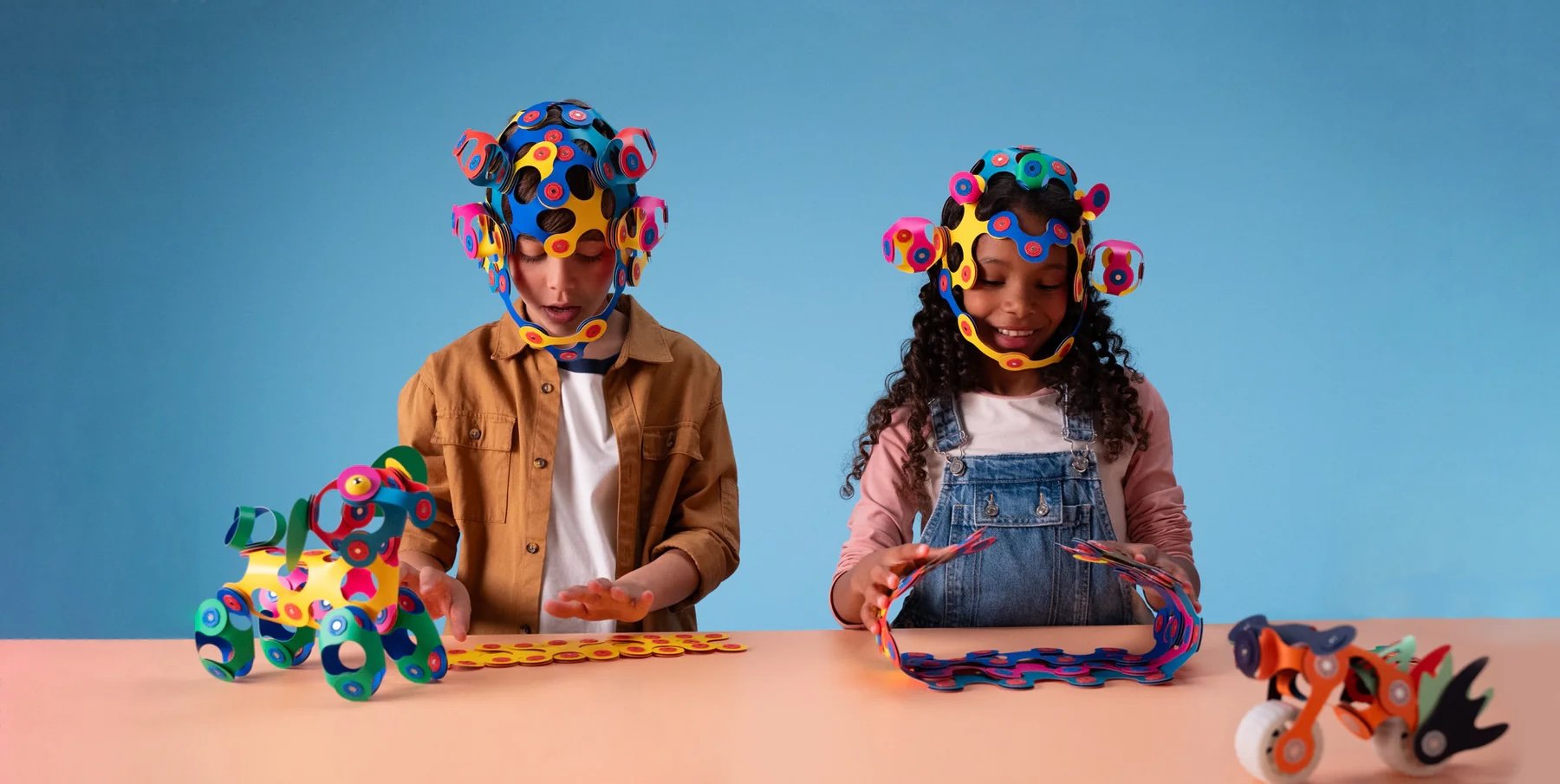5 Creative Activities for Parents to Foster Emotional Growth at Home
How does your child express themself when they’re home?
The home is the first environment in which children grow and develop, and is a pillar of safety and security. Their parents, guardians, and/or siblings are often the first points of contact in which they form their speech, knowledge, opinions, and attitudes.
The results from a study conducted in 2023 highlighted the correlation between home-environment factors (e.g., parents’ beliefs and interests) and effects on their children’s social-emotional competence. This details the crucial role of the home and as a contributing factor to emotional growth.
The researchers concluded that “parents should pay attention to the home learning environment and improve their ability to create a home learning environment that promotes the positive development of children’s social-emotional competence.” (Li et al., 2023)
Incorporating creativity in the home helps to foster emotional growth for youth at any stage of childhood. Check out 5 creative activities below that can be done right at home!
For all of these activities, make sure to:
Provide a prompt as guidance and structure for your child.
Provide time for reflection: have your child explain to you why they made their project.
1. Make a collage or vision board that represents your mind and emotions. Have your child explore their emotions or practice mindfulness by making a collage of items or words that represent them. Try having them take the shape of a brain or a heart.
Materials: scissors, glue, pages from magazines or newspapers
What are their favorite things? What do they think of when they are sad? What makes them joyful? What is their personal theme? What emotions do they hope to experience for that year?
Example: “Why my 2020s Vision Boards are all about Feelings”
Example: “Vision Boards + Manifesting Your Dreams”
Example: “Why do collage? Mental Health Benefits of Collage”
2. Make a personal identity shield. Focus on visualization and symbols. Have your child practice self-discovery and explore their identity: what makes you, you! Have them categorize different aspects of their identity (emotions, interests, role models, etc.) by making a shield on paper.
Materials: paper, scissors, pencil, glue, pick among crayons, colored pencils, paint, or collage items.
What symbols keep them safe? Have them categorize their symbols in different areas of the shield.
Example: “I Am Special” Shield Worksheet
3. Make a shadow box display. Have your child create a shadow box or 3-D memory room display to represent their identity.
Materials: a box (can use cardboard or a shoe-box), scissors, glue, tape, paint, paintbrushes
optional: small figurines, clay, magazine clippings, fabric, natural items like small rocks or leaves
Example: “Homemade Shadow Boxes”
Example: “MGB x Makedo”
4. Make a self-portrait.
Materials: paper, child’s photograph or a mirror for your child to view their face. Use paint, pencil, or even collage or mixed-media.
What does their face look like when they are happy? What causes them to smile? You also can have your child create a background behind their face.
Example: “Self Portraits with Kids: What Does Imagination Look Like?”
5. Make a gratitude log or journal. A journal can contribute to building creative writing skills and is a fun way of practicing gratitude and self-expression on a regular basis. Encourage your kids also to record their memories, as they can collect items such as stickers or also contribute their own small drawings into their journal.
Materials: paper or a blank Journal, pen or pencil, or other colorful stationary.
Explore templates online!
Example: “Health benefits of gratitude”





